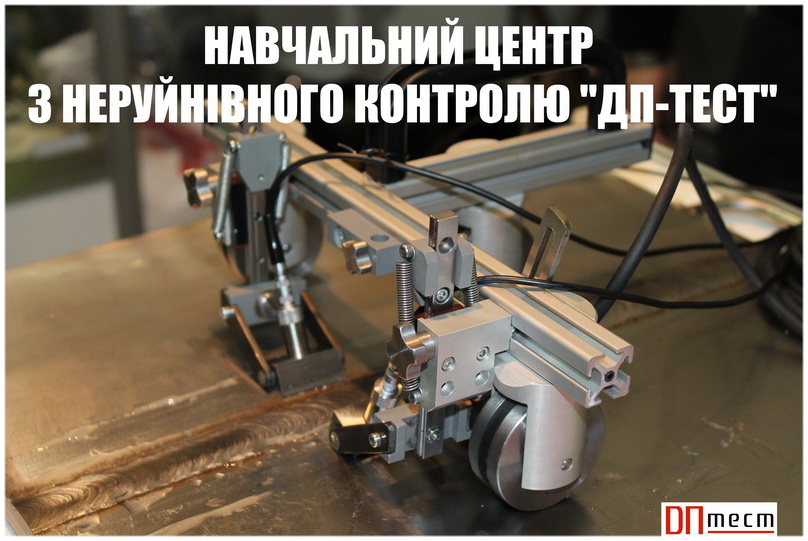Volume of work - 104 pages, number of illustrations - 43, number of tables - 2, number of applications - 3, number of references - 44.
Background. The current non-destructive testing systems does not allow solving the problem of classification automatically, which reduces their effectiveness and do not quickly make a memory system on new defects not allowed to expand their knowledge base without recalculation of all parameters of recognition. Such operations require additional time and computational cost, lower performance and efficiency of the entire system. Therefore, the question of drawing Adaptive acoustic NC.
The purpose and objectives of the study. The aim - to find a universal approach to the development of the structure of the automated system of digital signal processing devices acoustic control using artificial neural networks that solve problem of recognition and classification of defects and raise the information content and performance control compared to traditional methods.
- Analysis of existing methods of signal processing without the use of neural networks and identify their main weaknesses.
- Browse and select the type of neural network that can be used for signal processing in the ultrasonic non-destructive testing.
- Building a neural network model for experimental determination of the optimal structure and capabilities.
- Application of the model to real flaw signal processing to identify and classify defects. Analysis of the data and the effect.
The object of the study. The object of research is the process of digital signal processing NDT devices.
The subject of the study. The study examined the classification algorithms are technical condition of composite materials for acoustic NDT results.
Methods. In developing automated systems of classification and clustering, applied programming techniques, methods, theory of artificial neural networks, which were synthesized neural network algorithms for classification of images and simulation, which confirmed the effectiveness of the results.
Scientific novelty of the results. The original method of pattern recognition defects using NDT methods low, thus enhancing adaptability and automate the process of signal processing flaw.
The practical significance of the results. Software algorithms implemented automated determination of image defects using artificial neural networks.
The results of the thesis can be used in the development of ultrasonic nondestructive testing, which will be used for ultrasonic flaw detection in various industrial sectors.
Publications. The research results in the field thesis published in journals:
- Collection of Abstracts XV International Scientific and Technical Conference "Instrumentation: Status and Prospects", Kiev, 2016;
- Collection of abstracts VII n.-p. conference of students and graduate students "Looking to the future instrument", Kiev, 2015;
- Materials 7 International student scientific-technical conference "New development direction instrument-making" , Minsk, 2014h;
- Collection of abstracts 4-th Scientific Conference of students and young scientists "Methods and means of nondestructive testing of industrial equipment", Ivano-Frankivsk, 2013.
Keywords: nondestructive testing, acoustic testing, method of free oscillations, neural networks, pattern classification
Research advisor: prof. Halahan R.









